When experiencing chest pain, many people immediately fear that they had a heart attack. However, recent study from cardiologists reveal that up to 80% of chest pain cases may be due to cervical spondylitis, not heart issues. Understanding this distinction is crucial for proper diagnosis and treatment.
Cervical Spondylitis: An Overview
Cervical spondylitis, is also known as cervical osteoarthritis, it is the degeneration of bones and cartilage in the cervical spine. This condition can cause pain that flows to the chest, mimicking heart attack symptoms. The cervical spine, comprising seven vertebrae (C1-C7), supports the skull, protects the spinal cord, and provides head and neck mobility.
Causes and Risk Factors:
- Age: Natural aging leading to spinal degeneration.
- Repetitive Strain: Occupational or recreational activities causing neck strain.
- Injuries: Past neck injuries contributing to the condition.
- Genetics: Family history of cervical spine issues.
How Cervical Spondylitis Mimics Heart Attack Symptoms
Cervical spondylitis can cause nerve compression, leading to referred pain in the chest, shoulders, and arms. Symptoms include :
1. Sharp or burning chest pain worsened by neck movement.
2. Pain radiating to shoulders or arms.
3. Numbness or tingling in extremities.
Differentiating Cervical Spondylitis from a Heart Attack
Key differences between cervical spondylitis and heart attack symptoms:
- Pain Variation: Cervical pain changes with neck movement; heart attack pain is constant.
- Associated Symptoms: Cervical pain may include tingling or numbness; heart attack pain often includes sweating, nausea, and shortness of breath.
- Localization: Cervical pain may spread to the upper back and arms; heart attack pain is usually centered in the chest and may radiate to the jaw and left arm.
Accurate Diagnosis is Crucial

Accurate diagnosis is essential to avoid unnecessary anxiety and procedures. Steps include:
- Clinical Evaluation: Detailed history and examination by a healthcare provider.
- Imaging Studies: X-rays, MRI, or CT scans of the cervical spine.
- Cardiac Tests: ECG, stress tests, and other cardiac evaluations to rule out heart disease.
Treatment Options for Cervical Spondylitis
Treatment focuses on symptom relief and neck function improvement:
- Physical Therapy: Strengthening neck muscles and improving posture.
- Medications: Anti-inflammatory drugs and pain relievers.
- Lifestyle Modifications: Ergonomic adjustments and proper neck posture.
- Heat and Cold Therapy: Reducing pain and inflammation.
- Cervical Traction: Gently stretching the neck to relieve pressure.
- Surgery: In severe cases, surgical options like discectomy, laminectomy, or spinal fusion may be considered.
Preventive Measures
Preventing cervical spondylitis involves maintaining a healthy lifestyle and reducing neck strain:
- Ergonomic Workspaces: Proper desk setup to avoid neck strain.
- Regular Exercise: Strengthening neck and shoulder muscles.
- Healthy Posture: Maintaining good posture while sitting, standing, and sleeping.
- Avoiding Neck Strain: Being mindful of activities that strain the neck.
Connecting Cervical Spondylitis Treatment to Pain Management Practices
Understanding that cervical spondylitis is a major cause of chest pain opens up pathways to effective treatments beyond conventional cardiac care. Non-surgical, drug-free methods like those practiced at Painflame Clinic offer promising results for patients with cervical spondylitis.
Non-Surgical, Drug-Free Treatments

Chiropractic Care: This involves spinal adjustments to correct alignment, reduce nerve irritation, and alleviate pain. Chiropractic care can be highly effective in managing cervical spondylitis symptoms by addressing the root cause of nerve compression.
Physiotherapy: Customized exercise programs are designed to strengthen neck muscles, improve flexibility, and correct posture. Physiotherapy helps in reducing pain and preventing the recurrence of symptoms by promoting muscle strength and joint stability.
Manual Therapy: Techniques like massage and mobilization are used to relax tense muscles, improve blood flow, and enhance the range of motion. Manual therapy provides immediate relief from pain and helps in long-term management of cervical spondylitis.
Osteopathy: This holistic approach focuses on the musculoskeletal system and involves hands-on techniques to improve circulation, reduce pain, and promote overall well-being. Osteopathy treats the whole body, ensuring comprehensive care.
Importance of Patient Education and Ergonomics
Patient education is crucial in managing cervical spondylitis. Understanding the condition, recognizing symptoms, and knowing how to manage pain through lifestyle adjustments can significantly improve quality of life. Ergonomic adjustments at work and home can prevent strain on the neck, further reducing pain episodes.
Conclusion
Recognizing that up to 80% of chest pain can be attributed to cervical spondylitis rather than heart attacks is a game-changer in patient care. By integrating non-surgical, drug-free treatments like chiropractic care, physiotherapy, manual therapy, and osteopathy, patients can achieve effective pain management and improved quality of life. Always consult healthcare professionals for accurate diagnosis and appropriate treatment.
For more information on effective pain management practices, visit Painflame Clinic.
Recent Blog : Can Bad Posture Cause Hyperacidity and Bloating in the Stomach?
How can I tell if my chest pain is from cervical spondylitis or a heart attack?
Cervical spondylitis pain often changes with neck movement and may include tingling or numbness, whereas heart attack pain is constant and can include symptoms like sweating, nausea, and shortness of breath. Consult a healthcare provider for an accurate diagnosis.
What are the primary treatments for cervical spondylitis-related chest pain?
Treatments include physical therapy, chiropractic care, manual therapy, osteopathy, and lifestyle modifications such as ergonomic adjustments and regular exercise to strengthen neck muscles.
Can lifestyle changes help prevent cervical spondylitis?
Yes, maintaining good posture, setting up an ergonomic workspace, and engaging in regular exercise to strengthen neck and shoulder muscles can help prevent cervical spondylitis.
Is surgery always required for cervical spondylitis?
No, surgery is typically considered only in severe cases. Most patients find relief through non-surgical treatments like physical therapy, chiropractic care, and manual therapy.
How effective are non-surgical, drug-free treatments for cervical spondylitis?
Non-surgical, drug-free treatments such as chiropractic care, physiotherapy, and manual therapy are highly effective in managing symptoms, reducing pain, and improving neck function without the risks associated with surgery and medication.







